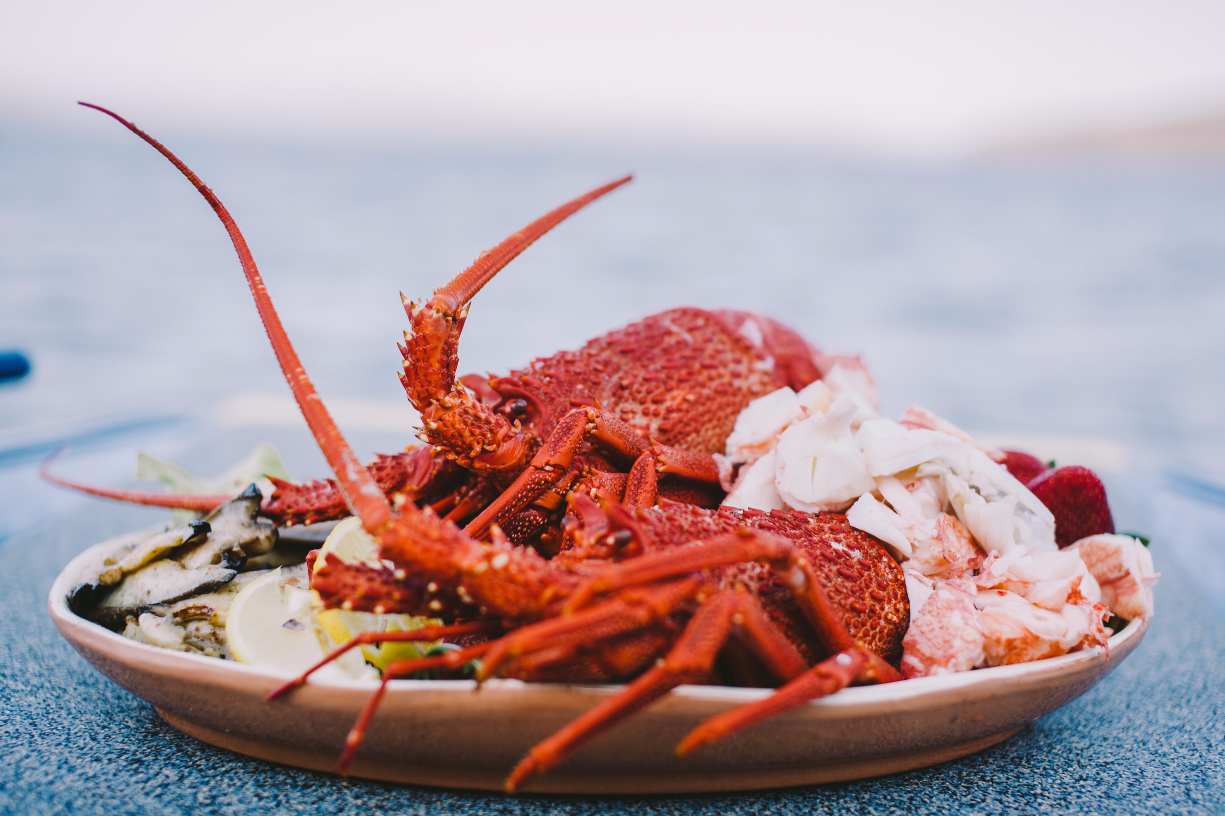Tasmanian Devil facts have fascinated scientists, conservationists, and wildlife lovers for decades. This mysterious marsupial, exclusive to the island of Tasmania, has long captured attention due to its unusual behaviors, eerie vocalizations, and crucial role in its ecosystem. The Tasmanian devil (Sarcophilus harrisii), once widespread across mainland Australia, now survives only in Tasmania—a fact that makes it both vulnerable and vital. With the rise of Devil Facial Tumour Disease (DFTD), which has decimated populations by over 60%, the urgency to understand and protect this species has never been greater. Leading organizations like the Australian Museum and Tasmanian Government’s Department of Natural Resources offer rich databases of devil behavior, conservation strategies, and current research efforts.
What makes this creature truly exceptional is not just its bone-crushing bite or carnivorous appetite, but its vocal expressions that range from growls to blood-curdling screams. These sounds are more than just frightening—they’re tools of communication, dominance, and survival, particularly in the wilds of Tasmania. Research from the University of Tasmania and studies supported by Bush Heritage Australia highlight the devil’s unique acoustic range, linking vocal pitch and frequency with social hierarchy. This behavior, misunderstood by early settlers and dramatized in pop culture, eventually led to the creature’s infamous name: “devil.”
But Tasmanian Devil facts go well beyond folklore. This marsupial plays a critical ecological role by scavenging carrion and controlling disease spread through efficient consumption of decomposing matter. The species’ jaw strength—measured at up to 553 Newtons—allows it to devour entire carcasses, bones and all. According to data published by Zoos Victoria, one adult devil can consume up to 40% of its body weight in a single night. This makes it a natural sanitation worker, helping to prevent the spread of diseases that could affect other wildlife and even humans.
In recent years, the conservation efforts surrounding the Tasmanian devil have become a symbol of collaborative science and public engagement. Organizations like Save the Tasmanian Devil Program and Devil Ark have pioneered breeding programs, vaccine trials, and educational outreach. Their goal is not only to preserve this remarkable species but to help it thrive again in the wild. Initiatives supported by the World Wildlife Fund and National Geographic have brought international awareness, funding, and tourism to Tasmania, turning the once-feared predator into a global conservation icon.
With rising interest in wildlife conservation and eco-tourism, the Tasmanian devil stands out as a symbol of resilience, mystery, and ecological importance. Institutions such as Wildlife Health Australia continue to monitor disease progression and population trends, offering real-time data and community engagement platforms. As this article explores in seven comprehensive sections, every scream, bite, and myth associated with this animal adds another layer to our growing understanding—and admiration—of the enigmatic Tasmanian devil.
### The Mysterious Origins of the Tasmanian Devil
Evolutionary roots of a unique marsupial
The Tasmanian devil (Sarcophilus harrisii) is the world’s largest carnivorous marsupial, a status it gained after the extinction of the Thylacine in 1936. Fossil records indicate that devils once roamed the Australian mainland but vanished around 400 years ago, likely due to competition with dingoes. The earliest fossils of devils date back over 3 million years, and genetic analyses suggest a divergence from their closest relatives—quolls—approximately 10 to 15 million years ago.
From mainland to island sanctuary
While once widespread, today the Tasmanian devil is found only on the island of Tasmania. The isolation has allowed the species to persist, especially after it disappeared from the mainland due to human interference and predation. Studies show that the devil population was already reduced before European settlement, with Aboriginal rock art indicating their presence more than 6,000 years ago.
Historical myths and early encounters
When European settlers first arrived in Tasmania, the strange appearance and chilling vocalizations of the animal led them to call it a “devil.” Early colonial diaries from the 1800s describe devils as scavengers and pests. Over time, these early accounts shaped public perception and led to large-scale culling, further reducing their numbers.
DNA clues to the past
Recent genome mapping has revealed that the Tasmanian devil has remarkably low genetic diversity. According to a 2017 study from the University of Sydney, the entire species may be as genetically similar as siblings, due to historical population bottlenecks. This fact has serious implications for conservation, particularly when diseases such as Devil Facial Tumour Disease (DFTD) spread rapidly in genetically uniform populations.
Paleontological and archaeological insights
Archaeological digs have uncovered remains of devils in mainland caves alongside megafauna like Diprotodons, indicating they coexisted until the end of the Pleistocene. Some Aboriginal middens also contain devil bones, suggesting early humans may have hunted or scavenged them. These discoveries add depth to the growing collection of Tasmanian Devil facts and illuminate their long and complex history.
### Why the Tasmanian Devil Screams Like That
A vocal display of dominance
The Tasmanian devil is notorious for its unsettling screams and growls. These vocalizations are not random; they play a crucial role in communication, particularly around feeding. Devils emit high-pitched screeches and low growls to assert dominance and intimidate rivals without engaging in physical fights.
An acoustic tool in social hierarchy
Research conducted by the University of Tasmania in 2015 revealed that vocal intensity correlates with size and status. Larger devils emit deeper and more resonant growls, which deter younger or smaller opponents. These vocalizations are most common during communal feeding sessions, where up to 12 individuals may gather around a carcass.
Sound patterns and behavior
The devil’s vocal range spans from guttural grunts to piercing screams reaching over 115 decibels—comparable to a rock concert. Acoustic analysis indicates that each individual may have slightly different vocal signatures, a trait useful for group recognition. This adds another layer to the evolving catalogue of Tasmanian Devil facts.
Not always a sign of aggression
Interestingly, not all screams are signs of conflict. Devils also vocalize during courtship, particularly the males, who use soft grunts and chatters to approach females. These sounds contrast sharply with the violent screams heard during feeding, reflecting a nuanced vocal repertoire.
Evolutionary advantages of being loud
Being loud serves as a survival strategy. By broadcasting their presence, devils can claim feeding rights or deter intruders from a distance. This reduces the risk of physical injury, which is vital for a species where individuals live just 5 to 6 years in the wild. Vocal communication also compensates for poor eyesight, especially during nocturnal activity.
### Unusual Eating Habits That Will Surprise You
A carnivore with a mighty bite
Tasmanian devils have one of the strongest bites per body mass of any mammal. Their jaw strength has been measured at 553 Newtons, allowing them to crush bones with ease. This capability lets them consume an entire carcass, including fur, bones, and organs—a rare trait among carnivores.
Scavenger instincts
Although they occasionally hunt small prey like birds, frogs, or insects, Tasmanian devils are primarily scavengers. A study published in PLOS ONE in 2014 observed that up to 90% of their diet consists of carrion. This plays an essential role in Tasmania’s ecosystem by cleaning up dead animal remains.
Feast or famine behavior
Devils are capable of consuming up to 40% of their body weight in a single feeding session. A 10-kg devil can consume 4 kg of meat at once. This gorging behavior is an evolutionary adaptation to food scarcity. Their metabolism adjusts after large meals, allowing them to go days without feeding again.
Night-time banquets
Being nocturnal, Tasmanian devils do most of their feeding at night. Thermal camera studies have shown that devils prefer open clearings near forests, where the scent of carrion carries well. They can detect a dead animal from over 1 kilometer away using their acute sense of smell.
Role in disease control
By efficiently consuming carrion, devils help limit the spread of diseases like toxoplasmosis and leptospirosis. This has public health implications, especially for farming communities. Understanding such Tasmanian Devil facts highlights their indirect but critical value to human health and ecological balance.
### How the Tasmanian Devil Got Its Name
A chilling first impression
European settlers arriving in Tasmania in the early 1800s were struck by the devil’s terrifying screams and red-tinged ears, which flush with blood during aggression. These factors earned it the name “devil.” Early newspapers like The Hobart Town Courier in 1830 documented public fear and fascination with the creature.
Scientific classification
Despite the nickname, the Tasmanian devil was formally named Sarcophilus harrisii in 1841 by George Harris. The name means “flesh-lover,” a nod to its carnivorous habits. It belongs to the family Dasyuridae, along with quolls and other marsupial carnivores.
Colonial myths and legends
Stories quickly spread about the devil’s strength and temperament. Some settlers believed it could attack livestock or even people, though these claims were exaggerated. Despite its name, the devil is shy and prefers to avoid human contact. Such legends, however, contributed to a long-standing fear.
Indigenous perspectives
Tasmanian Aboriginal communities had different names for the devil, often referencing its behavior or habitat rather than fear. Unfortunately, much of this cultural knowledge was lost or suppressed during colonization. Recent initiatives aim to recover and honor Aboriginal names and stories about native species.
Cultural branding and tourism
In the modern era, the devil has become an icon of Tasmania. The Tasmanian government uses its image in tourism campaigns, and the animal has appeared in popular media, including the Looney Tunes character “Taz.” These contemporary associations have helped shift public perception, turning fear into fascination and sparking global interest in Tasmanian Devil facts.
### The Role of the Devil in Tasmania’s Ecosystem
Nature’s cleanup crew
Tasmanian devils play a vital ecological role as scavengers. By feeding on dead animals, they help reduce the spread of disease and accelerate nutrient recycling. This makes them a keystone species in Tasmania’s ecosystem.
Regulating feral species
Studies by the University of Tasmania indicate that devils may limit the spread of invasive species like feral cats and foxes. By competing for food and territory, devils indirectly reduce predation pressure on native birds and reptiles. This protective effect became more evident in areas where devil populations declined.
Influence on prey behavior
While devils rarely hunt large animals, their presence affects the behavior of wallabies and possums. Research published in Ecology Letters in 2018 found that prey animals alter their grazing patterns and become more cautious in devil-inhabited zones. This creates a “landscape of fear,” reducing overgrazing and preserving vegetation.
Seed dispersal via scavenging
Although not traditional seed dispersers, devils consume the remains of fruit-eating animals. The seeds within these remains can pass through the digestive system and be deposited elsewhere, aiding plant reproduction. This unexpected role broadens the spectrum of Tasmanian Devil facts worth studying.
Ecosystem collapse without them
Since the outbreak of Devil Facial Tumour Disease (DFTD), areas with major devil population declines have seen increases in roadkill and feral predator activity. This suggests the devil’s absence could destabilize ecological networks. Maintaining healthy devil numbers is thus crucial not just for biodiversity but for overall environmental stability.
### Facing Extinction: The Fight Against Devil Facial Tumour Disease
The emergence of a contagious cancer
Devil Facial Tumour Disease (DFTD) was first documented in 1996. It is one of only two known transmissible cancers in mammals. DFTD spreads through bites during social interactions and has a nearly 100% fatality rate. By 2008, it had reduced devil numbers by over 60%.
Genetic uniformity and vulnerability
Low genetic diversity among devils makes them especially susceptible. According to a 2010 study by the University of Cambridge, immune systems cannot recognize tumor cells as foreign. This allows the cancer to spread unchecked among individuals.
Conservation breeding programs
To counteract population collapse, over 500 disease-free devils have been bred in captivity across Australia. Sanctuaries such as Devil Ark in New South Wales and Maria Island off Tasmania’s coast serve as refuges. These efforts aim to preserve healthy gene pools and eventually reintroduce devils into the wild.
Vaccination and medical trials
In 2020, scientists began testing a vaccine targeting tumor-specific antigens. Preliminary results show promise, with vaccinated devils displaying improved immune responses. The Australian government has allocated over $9 million AUD to research and treatment since 2016.
Signs of resilience
Recent data from the Save the Tasmanian Devil Program show that in certain regions, devil populations have stabilized or even grown slightly. Some individuals are developing natural resistance, a remarkable development that adds hope to the list of Tasmanian Devil facts. Continued research may help these traits proliferate.
### Cool Conservation Efforts Saving the Species
Protected reserves and insurance populations
Tasmania has established multiple conservation zones, including the Tarkine and Narawntapu National Parks, where devils are monitored and protected. Insurance populations in mainland Australia help secure the species’ future if wild numbers collapse again.
Community and government collaboration
The Save the Tasmanian Devil Program is a joint effort by the Tasmanian and Australian governments, NGOs, and universities. As of 2023, over 30 community organizations are actively involved in monitoring, data collection, and public education.
Wildlife corridors and roadkill reduction
To combat habitat fragmentation and road fatalities (which account for 15% of devil deaths annually), wildlife corridors and underpasses have been built along major highways. Motion-sensor data shows a 40% reduction in roadkill incidents in protected zones.
Citizen science and awareness
Public engagement has surged through citizen science platforms like iNaturalist and Devil Spotter. These tools allow locals and tourists to record sightings, contributing valuable data for researchers. Educational programs in schools also teach children about Tasmanian Devil facts and conservation.
International attention and funding
The devil’s plight has attracted global support. In 2021, National Geographic and the World Wildlife Fund funded a $2.5 million AUD campaign to expand sanctuary networks. This international spotlight underscores the global importance of saving the Tasmanian devil from extinction.




